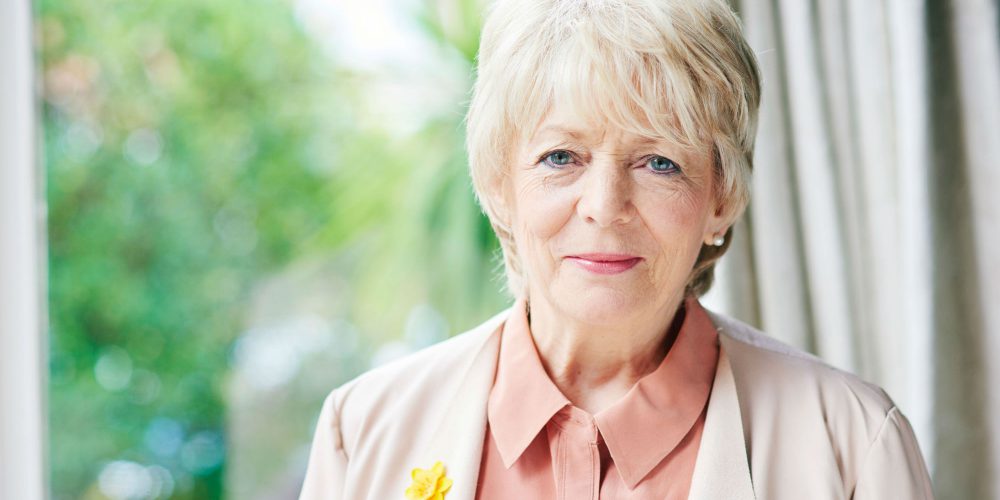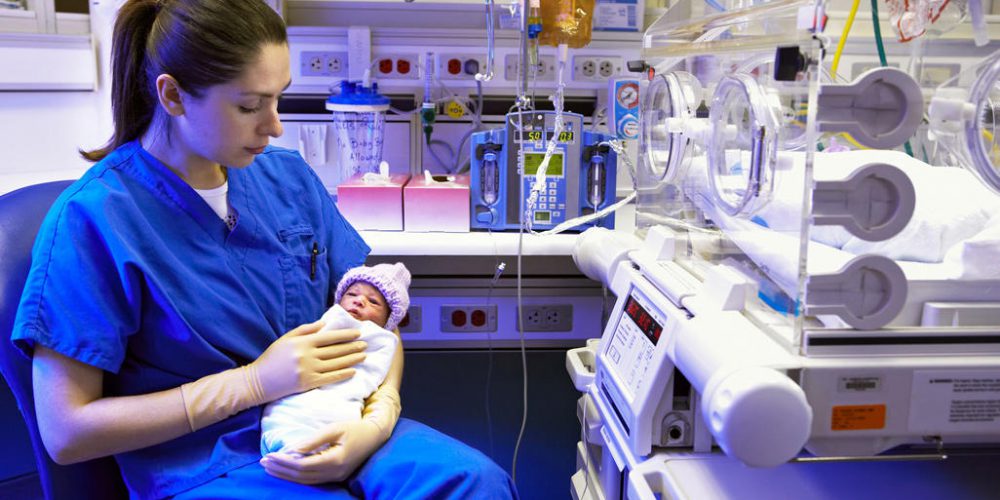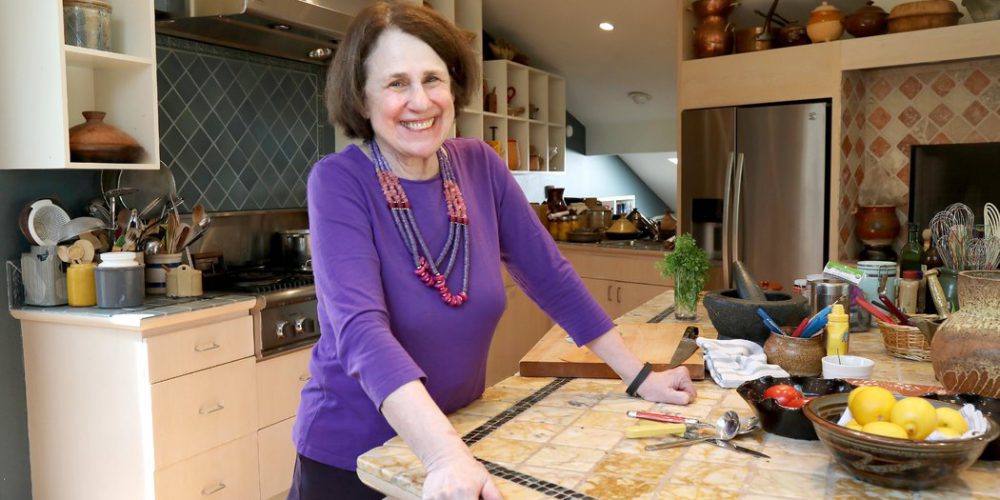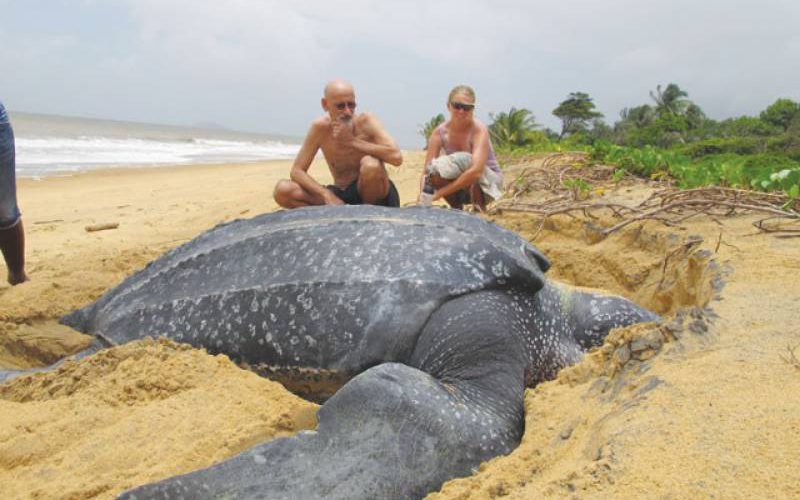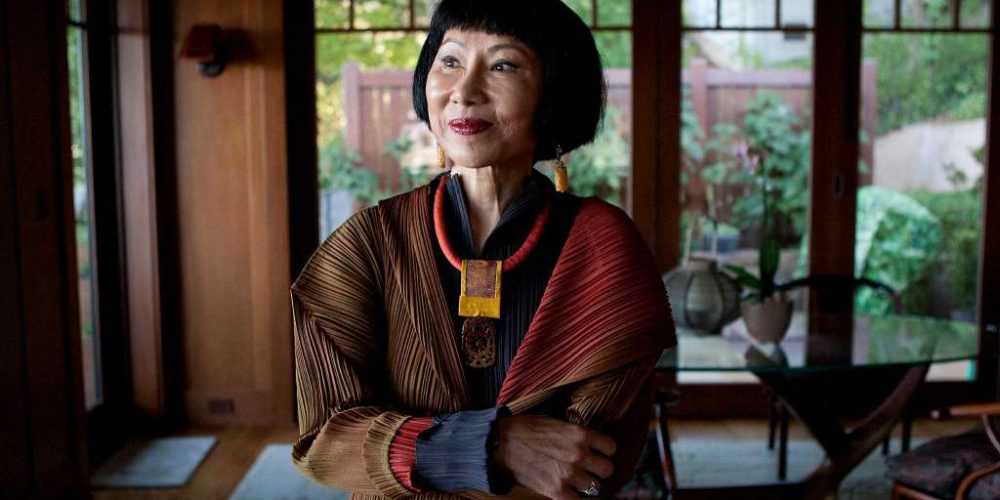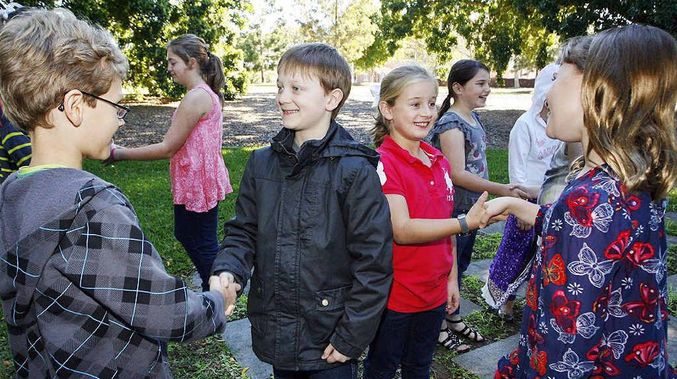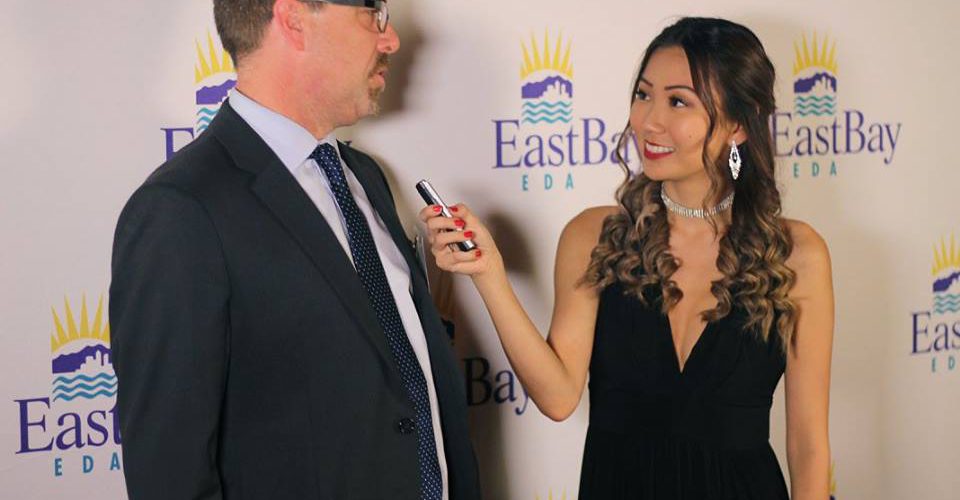“I want to be a supportive mentor to other scientists”: Hawa Racine Thiam, an assistant professor of bioengineering at Stanford, CA
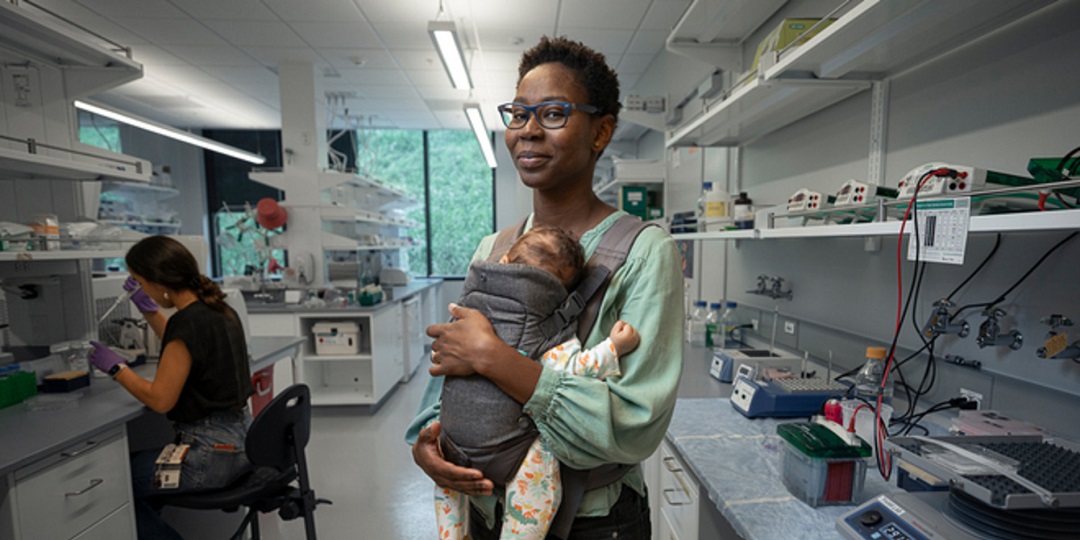
Hawa Racine Thiam is an assistant professor of bioengineering and microbiology and immunology in the Stanford School of Engineering. She is an Institute Scholar at Sarafan ChEM-H. Thiam joined Stanford in May 2022
Her tendency to think unconventionally and innate curiosity brought her from physics to biology to immunology.
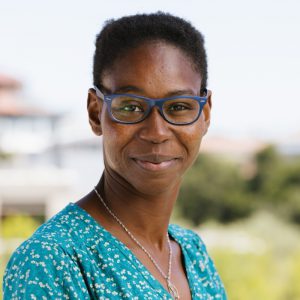
She earned her BS in Physics and her MS in Physics for Biological systems at Paris Diderot University, and later her PhD in Biophysics from the Institut Curie, where she studied what happens to immune cell nuclei as they squeeze through small passages while patrolling the body.
During her postdoctoral training at the National Institutes of Health, she began studying a process called NETosis in which a certain immune cell, called a neutrophil, self-destructs, releasing its DNA outside the cell to form networks that trap invading pathogens.
You are born and raised in Senegal.
Hawa Racine Thiam: Yes, I grew up in Kaolack, Senegal. My mother worked as a secretary to the governor of Kaolack. My father served in the military and later made a living as a furniture maker. Neither could afford to finish high school, and as a result, they shared a stubborn resolve to secure educational opportunities for their children. So my parents invested everything they could and they had for us to study.
Have you been fascinated by numbers since a young age?
Thiam: I was good at math, but for me, it was really hard to see. I think I always wanted to work on something a little bit more tangible. That’s what physics was for me.
Have you ever had the urge to think outside the box?
Thiam: Yes, quite so. I remember a funny story from childhood. After I finished my final exam of elementary school. I came home and saw my mom waiting for me. It turned out our teacher had stopped by our house earlier in the day and told my mom that I had solved a difficult problem on the exam but hadn’t done it the way I’d been taught.
“Why are you so complicated?” my mom asked me, exasperated.
For me, it wasn’t different. It was the way that felt natural to me. It’s just that what feels natural to me doesn’t feel natural to other people.
How did you come from physics to biology to immunology?
Thiam: Well, as a child, I planned to become a military doctor. But when I went to take a qualifying exam, at the end of high school, I learned I was too young. So I changed plans, earning a government fellowship to study physics at Paris Diderot University in France.
I maintained an interest in medicine, interning in a lab that was building optical fibers to detect brain cancer. As I learned more about biological systems, I decided to pursue their intersection with physics.
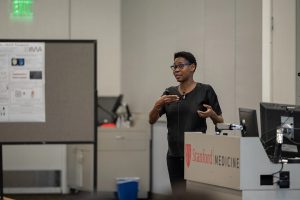
Working on my PhD in biophysics at the Institut Curie, I began investigating the complex physics involved when immune cells move through the body to fight pathogens.
What is the biophysicist-immunologist’s view of the cell? Explain it in simple words.
Thiam: When I look at a cell, I see more than a living thing responsible for carrying out the processes that allow us to move our muscles, digest our food, and fight off infections. I see a physical object that interacts with other cells and tissues that are soft or stiff, goes through channels that are wide or narrow, and experiences and exerts forces.
If you think about the skin, if you think about the bone, if you think about the blood vessels, you have very different physical properties that the cells need to encounter.
My question is how do those cells integrate information about the physical world they’re living in into their biochemical pathways so that they can do what they need to do in different environments?
You are leading a bioengineering lab that focuses on immunology in Stanford.
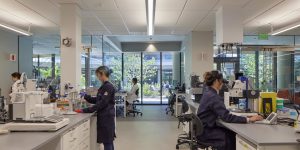
Thiam: That’s right. I came to the United States for a postdoctoral position at the National Institutes of Health, where I began thinking about potential applications for my work. Could we someday reengineer immune cells so they are able to travel faster to fight an infection? Or slow them down when they are causing harmful inflammation?
To investigate those questions, I was given a great opportunity to build a new interdisciplinary lab at Stanford.
Before coming to Stanford, I was really thinking in terms of understanding. Now I feel that I can start thinking in terms of creating.
What excites you about being a professor?
Thiam: A big part of what excites me is, of course, research and getting to ask interesting questions. I’m really excited to be here at Stanford because I strongly believe in immersing myself in places where people think and do things differently than I because that has been my way of learning and of growing.
My transitions from physics to cell biology to immunology have been the best things that ever happened to me as a scientist. In bioengineering and in Sarafan ChEM-H I am surrounded by people who think about problems differently than I do, and I am excited to bring those perspectives to my work.
Is it difficult to be a mentor?
Thiam: It is not always easy, indeed. But I am excited, though, to be a mentor. I really believe that if you have a passion for science and can go through the ups and downs of it, anyone can do research.
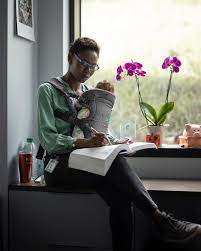
I can’t overstate the impact my parents and my other mentors have had, and I really want to be a supportive mentor to other scientists. I hope that through teaching and mentoring, I can help break this preconceived notion that you have to be a certain way or come from a certain background to do research.
I want my lab to be a place not only for people who know they want to do science but also a place where people can have doubts and wonder whether this is for them. And hopefully, they will find that this is for them.
Describe briefly your team.
Thiam: Our team is diverse by nature. And I seek out people who are equally excited to ask questions and to share their own knowledge – to speak across divides.
We are learning and we are growing together. I think that’s a part of starting a lab that I did not appreciate: the fact that you are building something from scratch and then seeing it grow and seeing how everyone can have a high impact. That’s really beautiful.
Say some words about your family.
Thiam: My husband, Matthias Garten, is also on campus as an assistant professor of microbiology and bioengineering. We have two children – a 4-year-old son and an infant daughter.
Good luck to you in your kind bright endeavors!
Thiam: Thank you!
By Alex Arlander | ENC News

